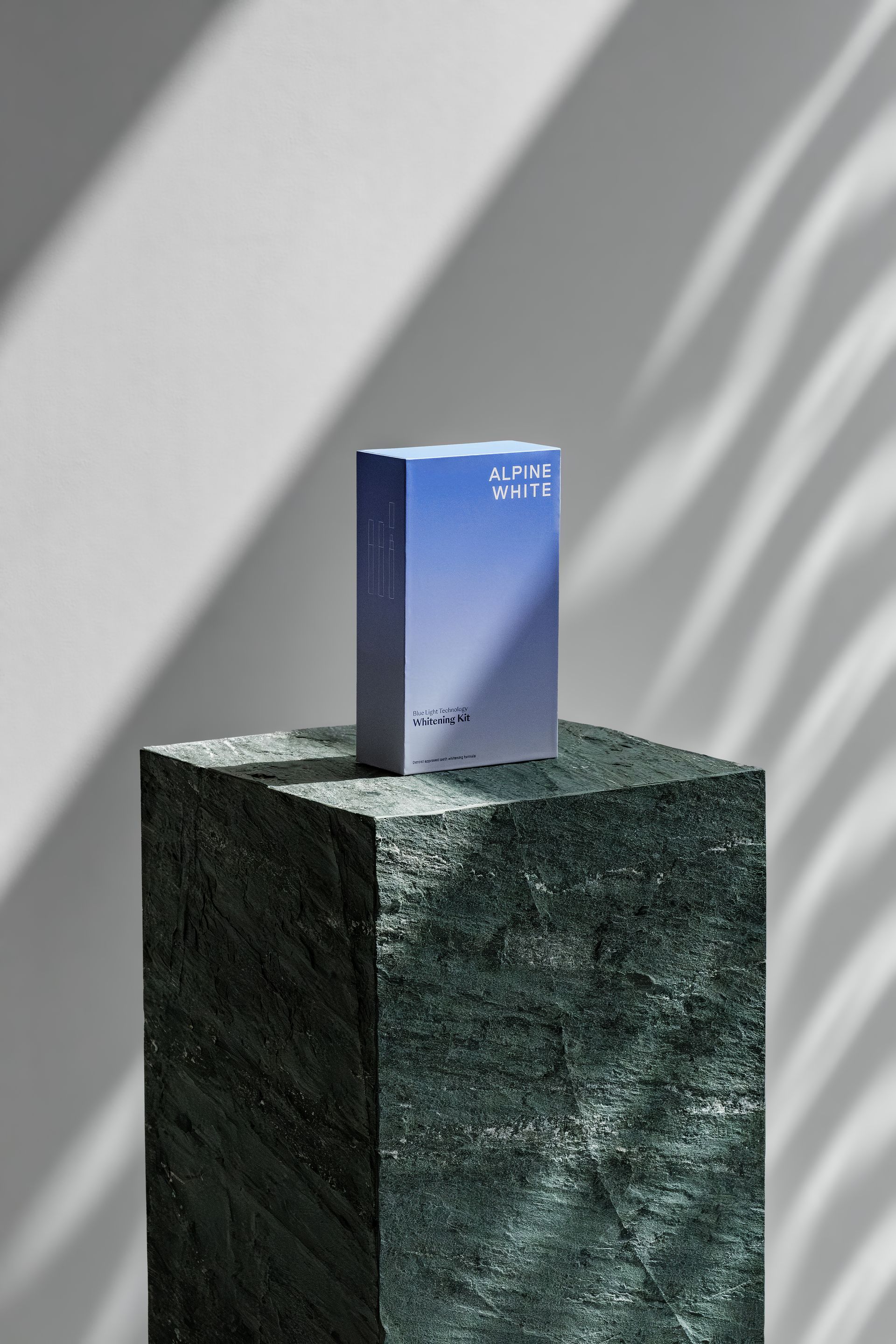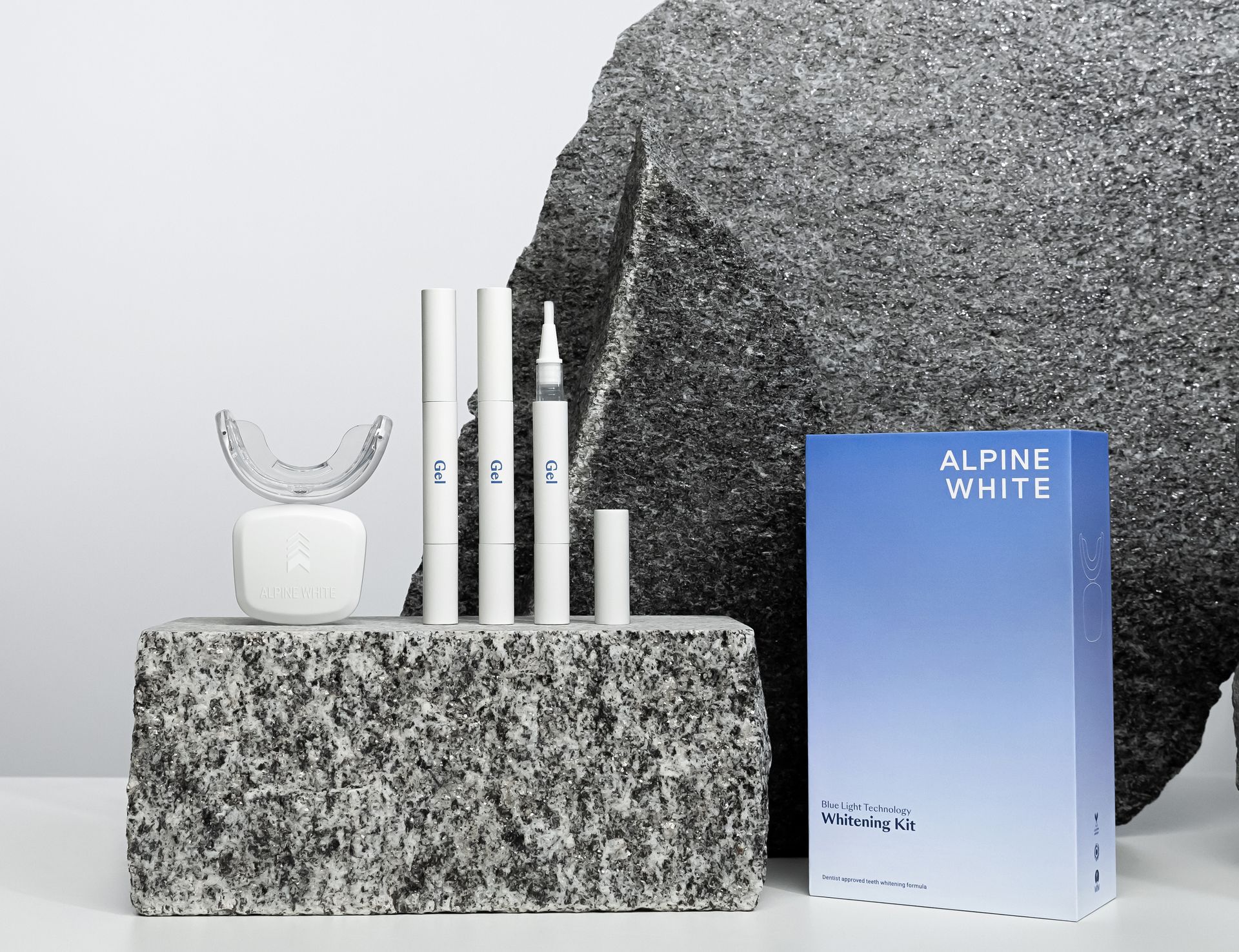The China Edition #1: Alpine White's Growth in the Chinese Market - A Delicate but Sustainable Approach
"The China Edition" series provides insights into Swiss companies that have entered the Chinese market, highlighting their challenges, strategies, and success stories within the world’s largest consumer market.
In this first edition, we explore Alpine White, a Swiss oral care brand founded by brothers Reto and Alexander Wälchli in 2014. Alpine White offers a safer teeth-whitening alternative, developed with Swiss dental experts. By 2021, they have decided to enter the Chinese market, establishing a successful presence on T-Mall Global and key social media platforms like RED, WeChat and Weibo. And they have many more exciting plans to expand in China. This article explores their decision to enter the Chinese market early, the challenges they faced, and the lessons learned along the way.
Navigating the Complexities of the Chinese Market
Entering the Chinese market is not without its challenges. Here are hurdles Alpine White had to navigate:
- High Competition: The Chinese beauty and personal care market is extremely competitive, with numerous global brands fighting for consumer attention.
- Sophisticated Consumers: Chinese consumers are well-informed and trend-savvy, making them adept at finding the best products and deals.
- Dynamic Marketing: The fast-paced nature of trend development in China demands that brands continually adapt their marketing strategies to stay relevant.
Achieving Sustainable Growth in China
To succeed in the competitive Chinese market, Alpine White had a clear strategy to address the challenges they faced. By focusing on key priorities, they built a strong foundation and adapted effectively to the local landscape, ensuring steady progress and growth.
1. Targeting a Niche Market
- Identifying Market Gaps: Alpine White recognized a gap in the Chinese market for high-quality, specialized teeth-whitening products. By focusing on solutions tailored for sensitive teeth, they addressed a specific need that was not being adequately met.
- Leveraging Swiss Quality: The brand capitalized on the strong reputation of Swiss-developed products, known for their safety, reliability, and premium quality. This helped Alpine White differentiate itself in a crowded market and appeal to Chinese consumers who value premium products.
- Consumer Education: Recognizing that introducing a new product category requires building trust, Alpine White invested in educating consumers about the benefits and proper use of their products. This was crucial in fostering understanding and acceptance among their target audience.
2. Identifying the Target Audience
- Focused Targeting: Instead of competing with large brands for mass exposure, Alpine White adopted a reverse funnel approach. They conducted targeted marketing tests to identify and refine their ideal consumer base.
- Influencer Collaborations: Partnering with influencers and Key Opinion Consumers (KOCs) who aligned with their brand values, Alpine White was able to build credibility and effectively communicate their brand’s message to the right audience.
- Long-term Strategy: Understanding that building a loyal customer base takes time, Alpine White committed to a sustained and patient marketing approach.
3. Maintaining an Agile Approach in China
- Continuous Experimentation: Alpine White embraces a mindset of ongoing learning and adaptation, recognizing that not all strategies will succeed but viewing each attempt as a learning opportunity.
- Market Response: They keep a close eye on consumer feedback and competitors’ strategies. The brand maintains agility, allowing them to quickly adjust their strategies in response to new developments.
- Act Quickly: Their ability to respond rapidly and accurately to market changes has been crucial to their success.

Key Takeaways: Why is Alpine White successful in China?
- Deep Market Knowledge: Alpine White identified a critical gap between existing offerings and consumer needs in China. By addressing the demand for teeth whitening solutions that are gentle on sensitive teeth, they met a significant market need.
- Innovative Product: By leveraging their Swiss heritage, Alpine White created a high-quality product that resonated with Chinese consumers. The emphasis on Swiss quality helped differentiate their offering in a crowded market.
- Strategic Use of Social Commerce: In a market where digital presence is crucial, Alpine White excelled by testing various social media (RED, WeChat, Weibo) and e-commerce channels (T-Mall Global, Douyin) to discover what resonated best with their audience. Their agility and willingness to continuously adapt their strategy ensured they stayed ahead of the curve in a fast-evolving digital landscape.
Wrapping up, Alpine White’s success in China highlights the value of a sustainable and strategic approach to market entry. Rather than pouring vast amounts of resources into a single platform or strategy, they adopted a measured, data-driven method. By carefully testing and refining their efforts across various channels, they were able to identify what truly resonated with their target audience. This approach not only minimized risk but also allowed them to build a solid foundation for long-term growth. Alpine White's experience underscores the importance of adaptability, thorough market understanding, and strategic decision-making in achieving success in a competitive environment like China. Their journey offers valuable lessons for other companies looking to enter and thrive in this dynamic market.
At Think East, we help brands build a strong presence in the competitive Chinese market. We evaluate your sector, analyze competitors, and identify what your product needs to succeed. Our team crafts a branding strategy to connect with your audience, boost visibility, and build trust. From refining messaging to choosing the right platforms and collaborations, we offer the expertise needed to thrive in China.
Stay tuned for our next China Edition, and connect with us on LinkedIn or via email—we’d love to hear your thoughts and questions.
See you next time!










